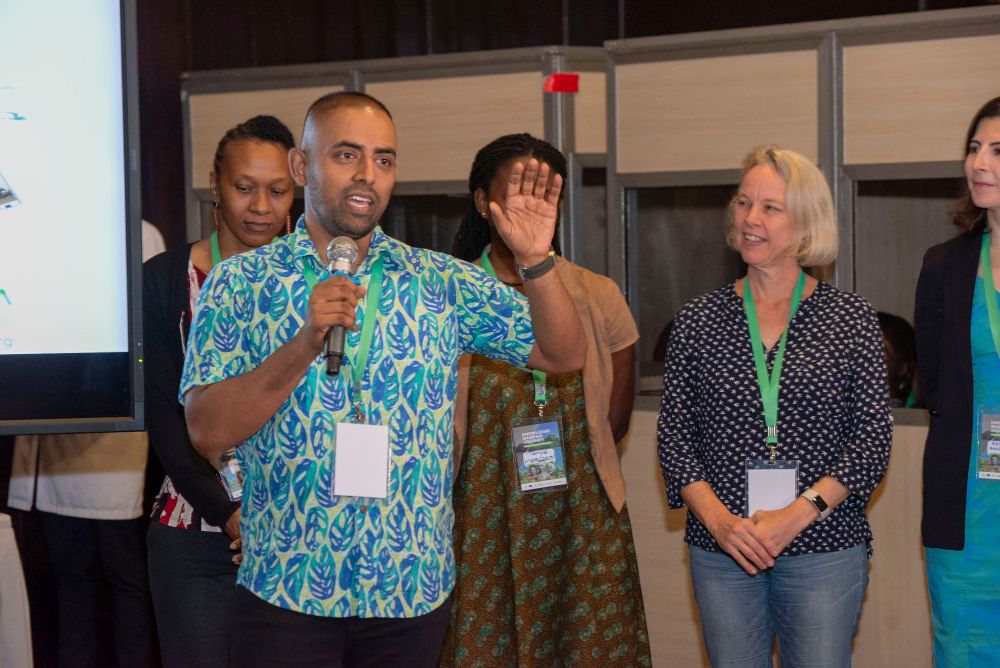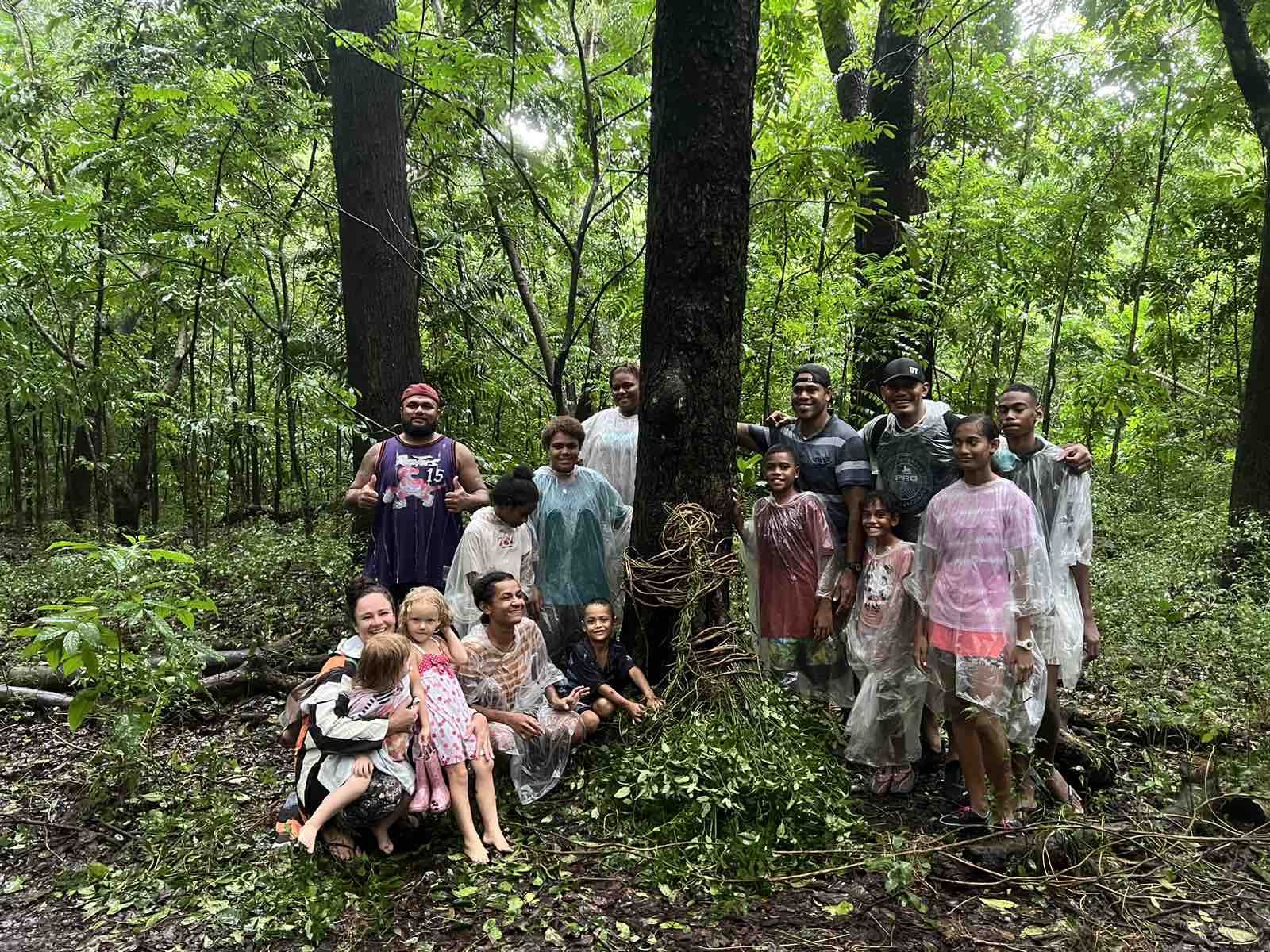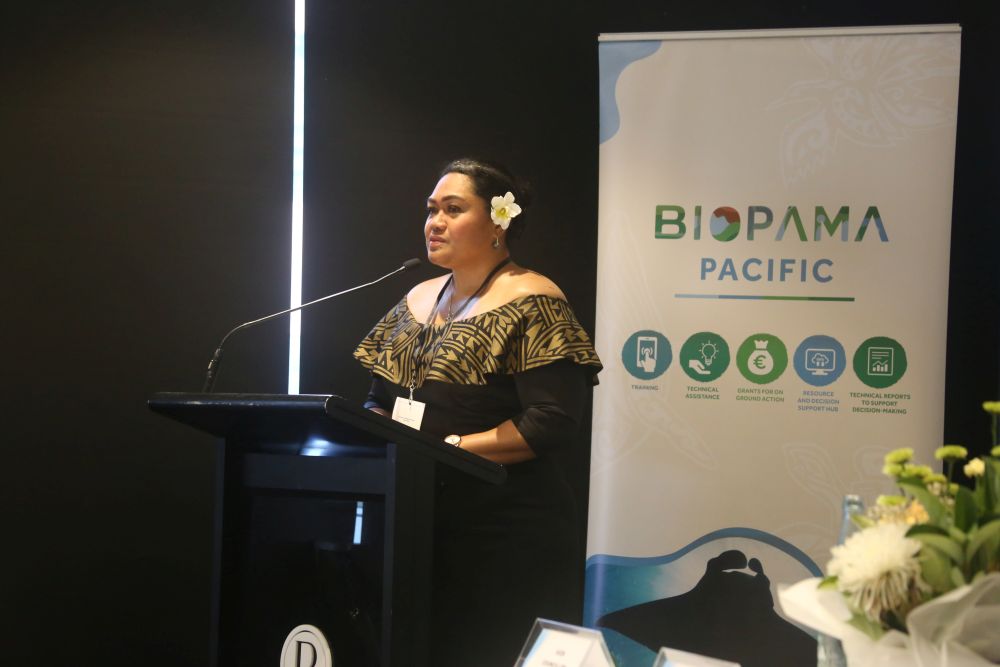Preserving Life's Tapestry: A Deep Dive into World Biodiversity Day Celebrations

"Be Part of the Plan" underscores the need for collective action in biodiversity conservation, engaging individuals, communities, governments, and organizations. This collaborative approach is crucial to address complex challenges and achieve sustainable goals.
Conservation Efforts: Protecting Our Natural Heritage
In the face of these challenges, conservation efforts have become increasingly urgent and widespread. Governments, non-governmental organizations (NGOs), local communities, and international agencies are working together to protect and restore biodiversity across the globe.
One of the key strategies for biodiversity conservation is the establishment of Protected and Conserved Areas (PCAs). These areas, ranging from national parks and wildlife reserves to marine sanctuaries and community-managed lands, play a crucial role in safeguarding biodiversity and promoting sustainable use of natural resources.
The International Union for Conservation of Nature (IUCN), a global authority on biodiversity conservation, has been at the forefront of these efforts. Through initiatives like the World Commission on Protected Areas (WCPA) and programs such as the Biodiversity and Protected Areas Management (BIOPAMA) programme, IUCN works to strengthen institutional and technical capacities for biodiversity conservation worldwide.
IUCN's Role in Biodiversity Conservation: A Global Perspective
IUCN's work in biodiversity conservation spans across continents and ecosystems, reflecting its commitment to protecting nature in all its forms. In Oceania, for example, the BIOPAMA programme has been instrumental in enhancing protected area management and biodiversity conservation. By providing access to vital data and information, BIOPAMA enables stakeholders to make informed decisions, thus bolstering conservation efforts in the region.
Moreover, IUCN's scope of work extends beyond terrestrial ecosystems to encompass freshwater, coastal, and marine protected areas. These areas are critical for conserving marine biodiversity, supporting fisheries, and protecting coastal communities from the impacts of climate change.
Global Collaborations: Towards a Sustainable Future
Collaboration is key to addressing the complex challenges of biodiversity conservation. International agreements such as the Convention on Biological Diversity (CBD) provide a framework for countries to work together towards common goals, such as the Aichi Biodiversity Targets and the recently adopted Kunming Montreal Global Biodiversity Framework (GBF).
IUCN plays a crucial role in facilitating these collaborations, bringing together governments, NGOs, scientists, and local communities to share knowledge, resources, and best practices. Through initiatives like the Nature 2030 – One Nature, One Future programme, IUCN aims to mobilize global action for biodiversity conservation and sustainable development.
_____________________________________________________________________________
About BIOPAMA: The Biodiversity and Protected Areas Management (BIOPAMA) programme aims to improve the long-term conservation and sustainable use of natural resources in African, Caribbean and Pacific (ACP) countries, in protected areas and surrounding communities. It is an initiative of the Organisation of African, Caribbean and Pacific States (OACPS) financed by the European Union’s 11th European Development Fund (EDF), jointly implemented by the International Union for Conservation of Nature (IUCN) and the Joint Research Centre of the European Commission (JRC). BIOPAMA provides tools for data and information management, services for improving the knowledge and capacity for protected area planning and decision making, and funding opportunities for specific site-based actions. www.biopama.org
About IUCN: The International Union for Conservation of Nature (IUCN) is a leading global authority on the environment and sustainable development. It works to ensure the preservation and sustainable use of natural resources by promoting innovative solutions and fostering cooperation among governments, NGOs, and other stakeholders.
Author: Rahul Chand serves as the Regional Programme Coordinator for Protected and Conserved Areas in Oceania within the IUCN. With expertise in biodiversity conservation, planning, and policy and project implementation, he has over 15 years of dedicated involvement in governmental and non-governmental sectors at both regional and national levels. His focus revolves around effectively implementing biodiversity strategies and action plans
Disclaimer
Opinions expressed in posts featured on any Crossroads or other blogs and in related comments are those of the authors and do not necessarily reflect the opinions of IUCN or a consensus of its Member organisations.
IUCN moderates comments and reserves the right to remove posts that are deemed inappropriate, commercial in nature or unrelated to blog posts.



